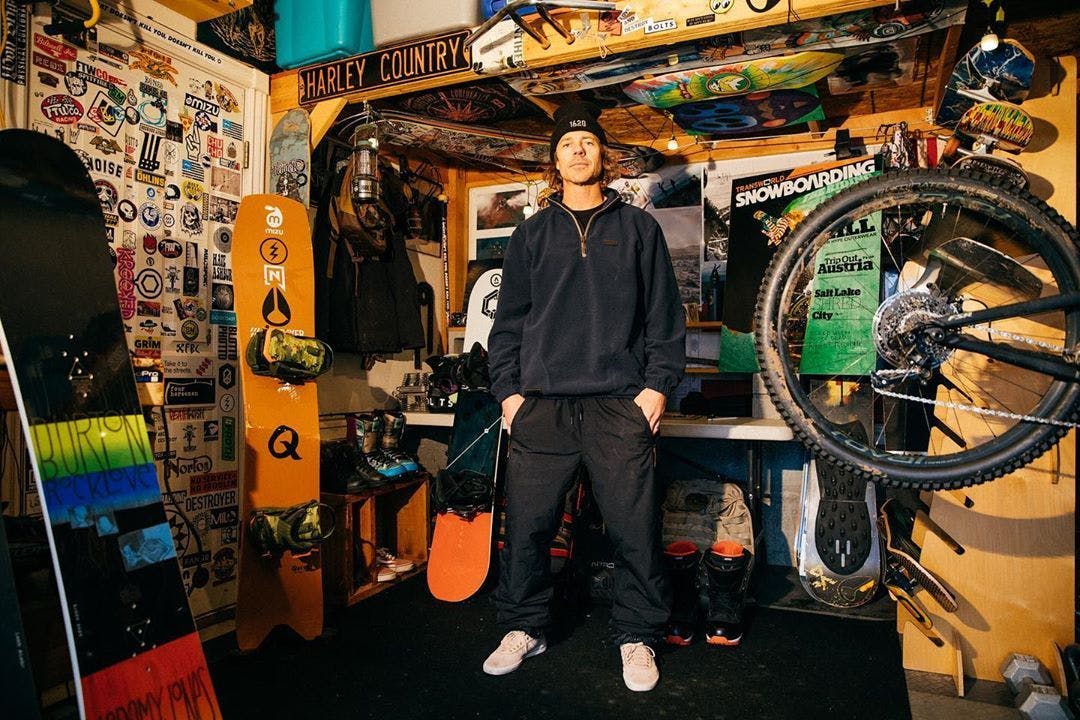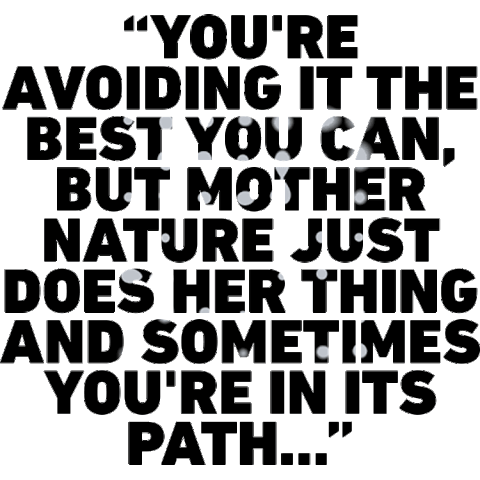
The Real Life Lesson Snowboard Legend Jeremy Jones Learned In That Avalanche
Jessica Danger
over 2 years ago
You don’t become a freestyle legend sitting around at home.
Jeremy Jones is a household name amongst snowboarders. A professional snowboarder, Jones is known for his freestyle roots and progressive snowboarding.

He’s also a household name amongst BUBS, as a member of our team and devoted believer in collagen. “I’m 43 years old, broken enough times I’m over counting,” Jones said, after getting caught up in an avalanche in Utah that shattered both his legs. Part of his recovery and rehab routine became BUBS Collagen and MCT Oil Powder. “I have struggled hard with rehab, experimenting with anything and everything to work through pain and get gains to hold for some notion of time... after five weeks [taking BUBS] I started to feel different. Big changes in the movement in my ankle joints, the pain has gone way down surrounding the breaks in the Tibia and Fibula.”
But one of the other places Jones is a household name is the homes of middle schoolers everywhere.
Well, we didn’t see that one coming.
Jones didn’t see the avalanche coming either.
Jones and seven others met before sunrise at a trailhead in the Uintas in January of 2017. They took a CAT up the mountain, then spent the day making trail runs that they had previously mapped out. On their third run that day, an avalanche crashed down around them, taking Jones out in it’s path.
“So, I drop and do a little forward roll right off of the cliff back to my feet and I'm cutting across just under Alex's line to the exit zone, and right in the middle of that, I hear the loudest pop. The snow went from perfect canvas to rippled and terrifying, and it started moving me so quick. I mean, as quick as I heard the pop, you know? I just tried to hold my line the best that I could, start swimming, and stay at the top,” Jones told Snowboarder. “There was a big pine tree that was part of my plan, and as the slide was taking me past it, I grabbed one of the branches to try and have the slide pass me, and I just kind of skinned the branch. It just kept pulling me; it had so much power.”
Jones’s board hit that same tree, broke right in half, and Jones’s legs were packed in around the tree. “My right leg completely exploded, while his left leg had a bit of attached bone at the fib. That one still kind of worked a little bit,” Jones shared on the phone.
Jones had to be brought back down the mountain in the snow cat, which broke down. (Of course.) Two friends got out, running down the mountain until they could find a cell signal. Jones was then moved to the hospital via helicopter, where they worked to save his legs.
How do you even bounce back from that?
Turns out, you don’t.
I asked Jones if it’s hard for him to talk about the accident. “It’s a lot of different things. It’s part of the rehab for me, if i'm being honest, to revisit it and talk about it. I'm never not in it,” he told me. “Well, i'm kind of almost always in it...but i'm constantly in that phase of it hitting me. It’s not that far away.”
“I like that, I have a presentation I do around that,” he told me, almost off the cuff. “Presenting for people makes me crazy nervous with moments of insecurity and adrenaline delivered in a way I am not totally familiar with processing and conversely not having that pressure of an audience to be at my best for them, I tend to lose my train of thought,” Jones said.
Jones goes out to corporate events and junior high assemblies, working with a nonprofit called Stand 4 Kind. Stand 4 Kind offering assemblies that encourage a positive and safe school atmosphere by rewarding acts of kindness.
The heart of his presentation is adapting, resiliency, instinct and leading. For 15 to 20 minutes, Jones shares his experience on that mountain. But it isn’t the avalanche that takes the limelight. It is everything surrounding that avalanche.

“Things happen, you get out there, you're all doing your part, you're doing the things you've learned in your training, and it still happens. You're avoiding it the best you can, but Mother Nature just does her thing and sometimes you're in its path,” Jones said. “You pick people you trust. Go with people you trust. Go with people you know will get you out. And go with people you know you'll get out if it's not you,” he said.
That's what got him out. He had been riding with his crew for years. They knew who to lead and who to follow.
What doesn’t kill you, doesn’t kill you.
One year after the accident, Jones was invited to Baldface in Nelson, Canada to be a part of an avalanche case study. He was asked to give a presentation of the day of the avalanche, months later, it clicked. “I get it, I can build this out,” he told himself.
Once, after someone told him, yet again, that what doesn’t kill you only makes you stronger, Jones stopped and corrected him. “No it doesn't. I'm just not dead, dude.”
And this became his message: What doesn’t kill you, doesn’t kill you.
Now, Jones takes that message to his presentations, stressing the importance of leadership, of resiliency, of training.
Jones still credits his friends for saving him that day in Utah. “It's just because of the people that were there, the two people who saved the day we’re essentially two friends that I have been training with in the backcountry for 25 years, close to 30 years. And we train for this stuff. We always prep, we’re always ready. The amount of times people told us, why do you pack all that stuff? Why do you pack all that extra rope? Why do you pack firestarters?” Jones told me on the phone.
“But now,” he continued, “all of a sudden, we’re in a situation and watching my friends perform just spot on, was just phenomenal. I’ve said it a couple times, to my friends, if you ever want to do that again, I will shatter my legs all over again. Because i’ll watch that, over and over. Because that was such a powerful thing for me to see, to see them do what you hope you would do. And to know they were doing it to me, that’s pretty, it was crazy.”
His message resonates. “Little kids are like, I get it. Adults just the same, that is powerful to me. It feels good to be able to give someone a good message,” Jones shared.
“That’s the message; resiliency, and the decision to punch through it, the decision to not be dead, once you realize that you're not.”
Because what doesn’t kill you, doesn’t kill you.